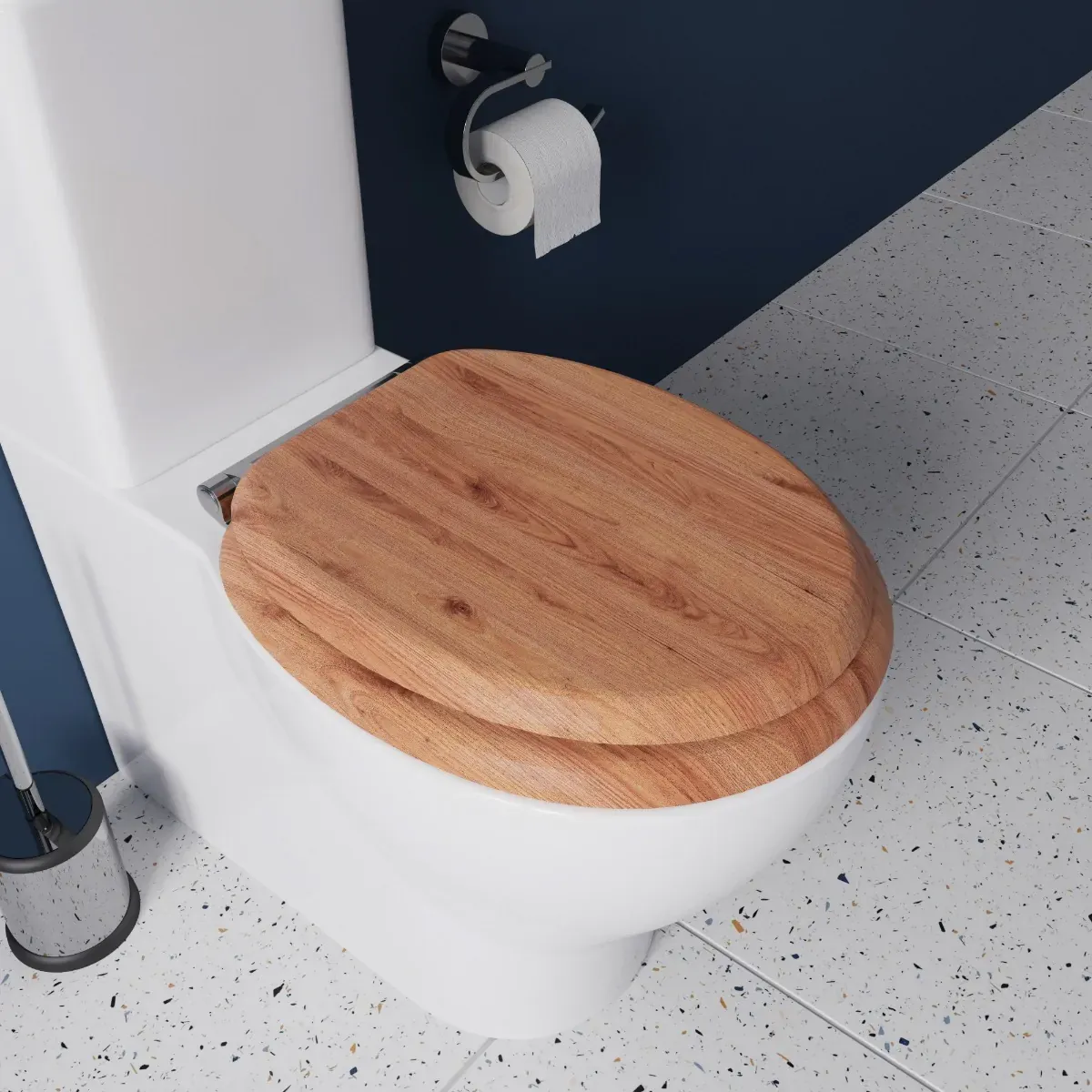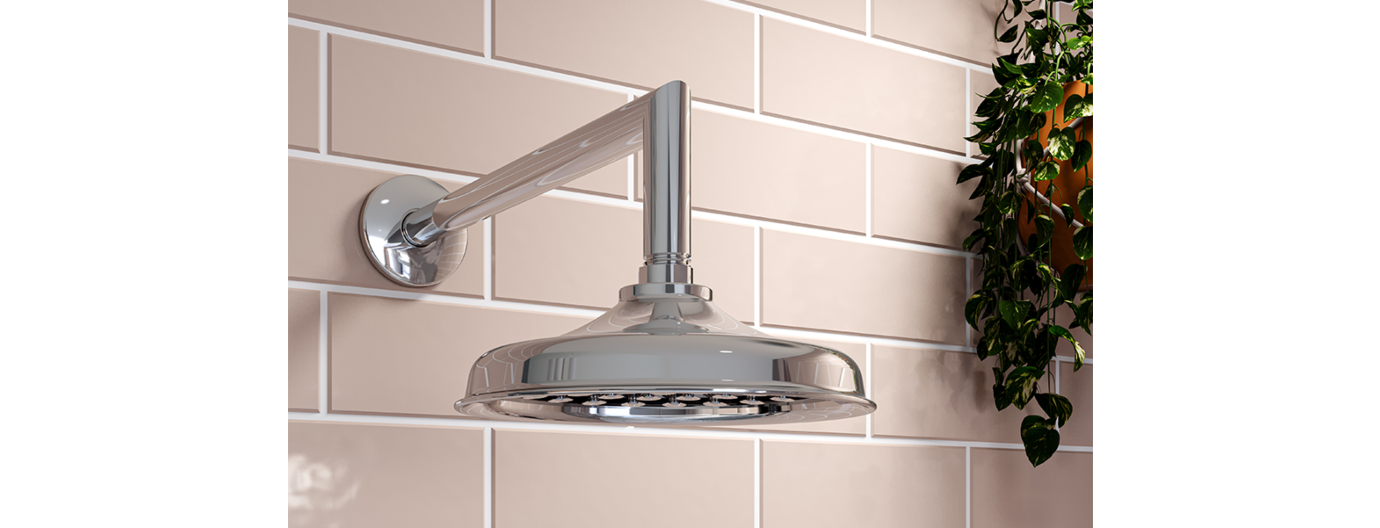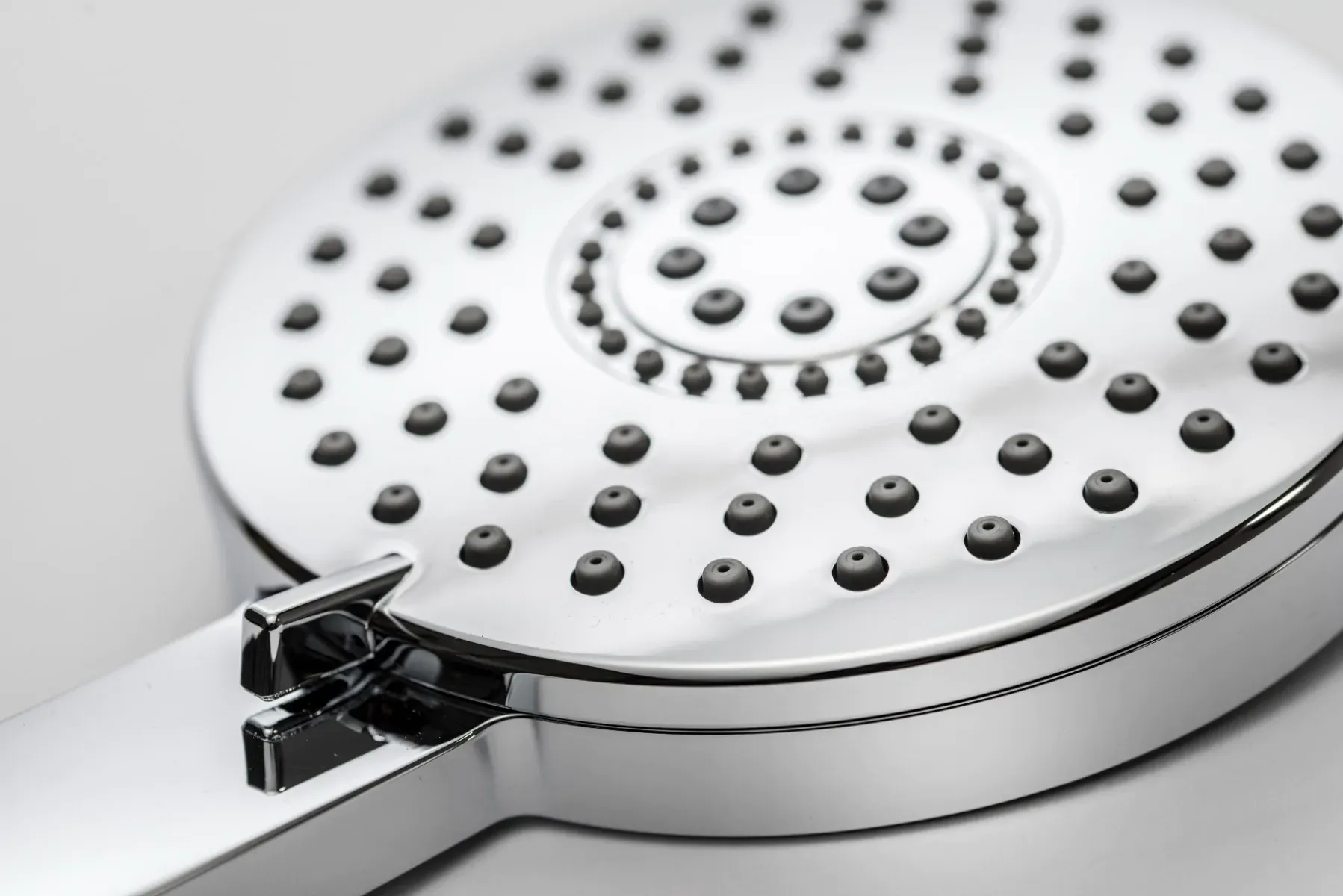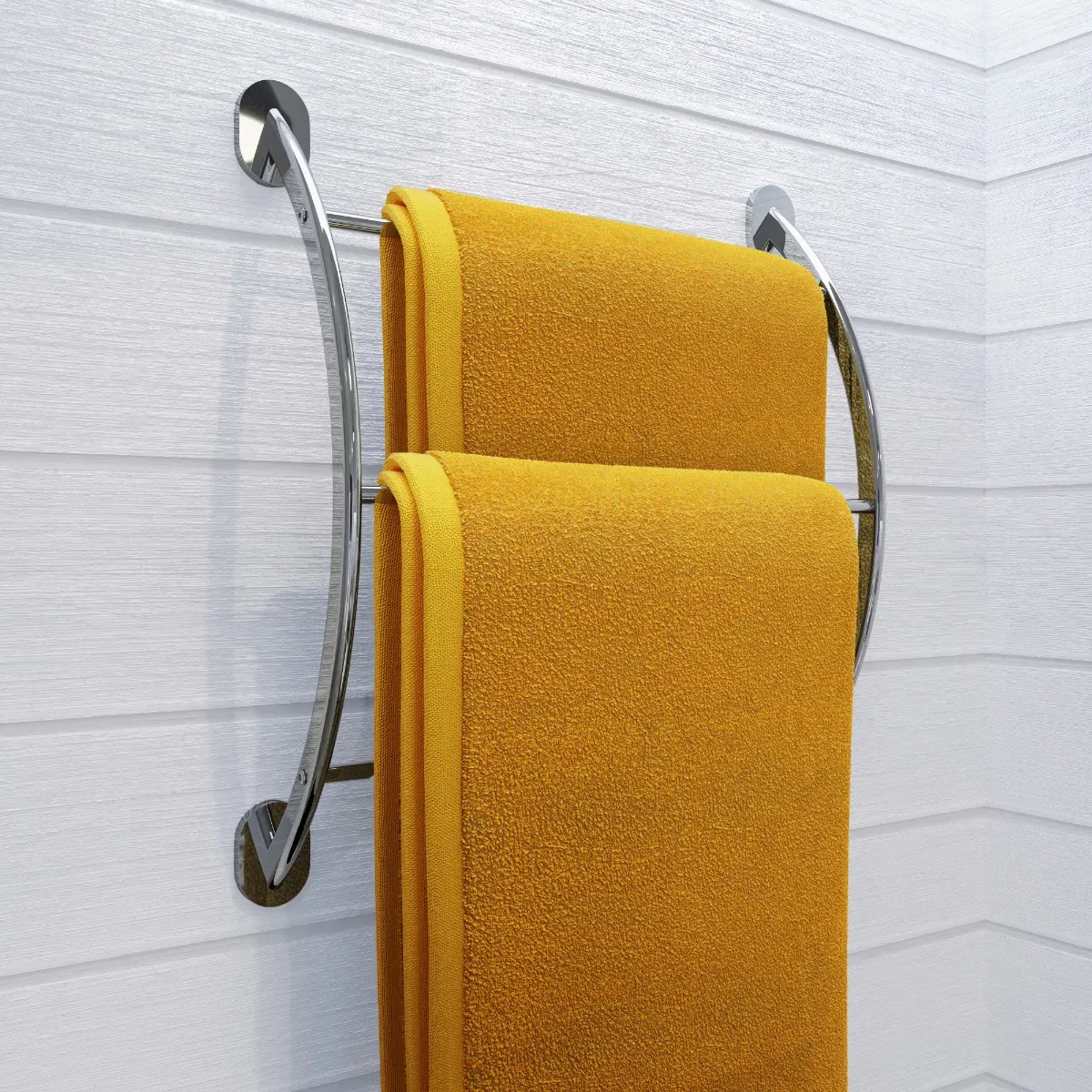Water wastage is a significant issue in the UK, with billions of litres being wasted each day. Making simple changes in your bathroom habits and choosing water-efficient products can play a crucial role in conserving this precious resource. Here are 10 practical tips to help you save water in the bathroom and reduce your environmental footprint whether that's while showering or simply flushing the toilet.
1. Showers over baths
Opting for a quick shower instead of a long bath can significantly reduce your water usage. A typical bath uses around 80 litres of water, while a 5-minute shower with a standard shower head uses about 12 litres of water a minute. By shortening your shower to just 2-5 minutes, you can save even more.
As well as shortening the time you’re in the shower you can also save water by reducing the time you leave the shower running. Turning the shower off mid-use between cleaning can save you even more water.

2. Save water when filling the bath
If a bath is your only option, try filling the tub halfway to minimise water wastage and spillage. Another way you can reduce your water usage whilst using the bath is to plug the drain first before filling the bath. Instead of waiting till the water is hot, you can adjust the temperature when the bath is filling.
3. Water-saving shower heads
One way to reduce water usage with little effort is to invest in a water-saving shower head or water-saving handset. These heads work by restricting the volume of water that passes through them without compromising the showering experience.
Switching to a water saving showerhead is easy. All you have to do is unscrew your current standard showerhead and replace it with the new one. By making this small change, you can save up to 50% of the water you’d typically use, without any extra effort. It’s a win for both the environment and your wallet!
It’s important to note however that if you have low pressure, or an electric shower, a water saving showerhead might not be a suitable option for you. Always check the compatibility of the showerhead with your shower.
4. Hang bath towels to dry
It’s not necessary to water your towel after every use. It’s recommended to wash your towel after 3 uses and hang them to dry in between washing.
This simple habit can reduce the frequency of laundry loads, which in turn saves water and energy used in washing and drying. Consider investing in a towel rail or a towel ring to help your towels dry faster and stay fresh in between washes.
5. Turn the tap off whilst you brush your teeth
Although leaving the tap running whilst brushing your teeth or shaving might seem convenient, you’re actually wasting as much as 6 litres of water per minute every time you brush your teeth.
Whilst shaving, it’s best to fill the sink basin and wash your razor in there, or even better, switch to an electric shaver. An electric shaver is a great way to reduce water as there’s no need to use shaving cream or gel.
6. Install a rimless toilet
When it comes to environmentalism in the bathroom, toilet designs have come a long way. Rimless toilets are by far the go-to design when it comes to saving water in the bathroom. Most rimless toilets include features such as high efficiency or ultra-low flush, meaning they use less water per flush compared to traditional models. They are also easier to clean, as there are no hidden spaces that trap dirt and bacteria, improving your bathroom hygiene.

7. Make your current toilet more water-efficient
If completely changing out our toilet isn’t on the cards, there are some other simple and cost-effective ways to make your current toilet more water-efficient. Consider buying a cistern displacement device (CDD). A CDD fits into the toilet water cistern behind your toilet and takes up room, ultimately reducing the amount of water used when you flush the toilet.
Alternately, you can make your own CDD at home with an empty water bottle filled with water or sand and placing it in your cistern saving you around 3 to 4 litres of water per flush!
8. Look out for leaks
The UK wastes around 3 billion litres of water annualy due to leaky pipes. Thats about 25% of the water consumed daily. Something as small as a dripping tap can waste as much as 90 litres of water a month! To put that into perspective, that’s equivalent to turning on the tap or shower for no reason and leaving it running for 9 whole minutes.
Regularly check for leaks in your bathroom, such as dripping taps or cracked pipes. Not only do leaks waste water but also increase your energy bills. So, make sure to keep an eye (or ear) out for any dripping taps or running water.
Sometimes water leaks aren't as obvious as a dripping tap. One of the ways you can detect hidden leaks is by monitoring your water consumption regularly with a water metre. If there's a spike in your water consumption that you can’t account for, you may very well have a leak.
A drop in water pressure is also another indication you could have a leak. You can notice a drop in water pressure when showering or using the tap. By promptly fixing these issues helps conserve water and saves money in the long run. Be vigilant and address any leaks as soon as they are detected.
By making these small changes, you can significantly reduce water usage and lower your energy bills with little effort. If you're thinking of upgrading your bathroom, explore our selection of shower sets and bathroom accessories to enhance both style and sustainability of your space. Together, we can make a difference—one drop at a time!






